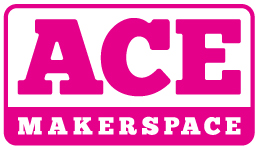But, there isn’t a certification required to sharpen handheld tools, except that we don’t want them to get ruined.
If someone knows how to sharpen with stationary stones, they are welcome to do so. There are some grinding stones in the metal cabinet under the planer outfeed bench.
All the chisels, planes and lathe tools are hollow ground. The hollow grind forms an arch like the arch of a foot, so they can be touched up with a stationary stone pretty easily by keeping the “heel” and “toe” on the stone constantly while gently dragging it a few times. The toe is the sharp end and you grind toward it as if you were trying to shave off the high spots of the stone.
Slow is fine: distance sharpens, not speed. Just be certain to keep the heel and toe on the stone. After a few drags, turn it completely over and smooth the back a couple times. Then you can try the tool on a scrap of wood in a vise to see how sharp it is, or if you are very careful you can drag your finger across the edge, moving perpendicular to the blade. Your finger prints should feel sticky on a sharp blade. Never move your finger along the blade in a slicing action, because it will slice you.
The parting too and skew chisels have two hollow ground edges: you only need to touch up one of them and instead of flattening the “back”, do one or two very light heal-toe grinds on the back to de-bur the cutting edge.
Curved gouges are very hard to do this way, but not impossible.
Never sharpen a carbide cutter. The tips can be rotated to reveal a new sharp edge. We haven’t needed to do this yet on any of the carbide tools.
